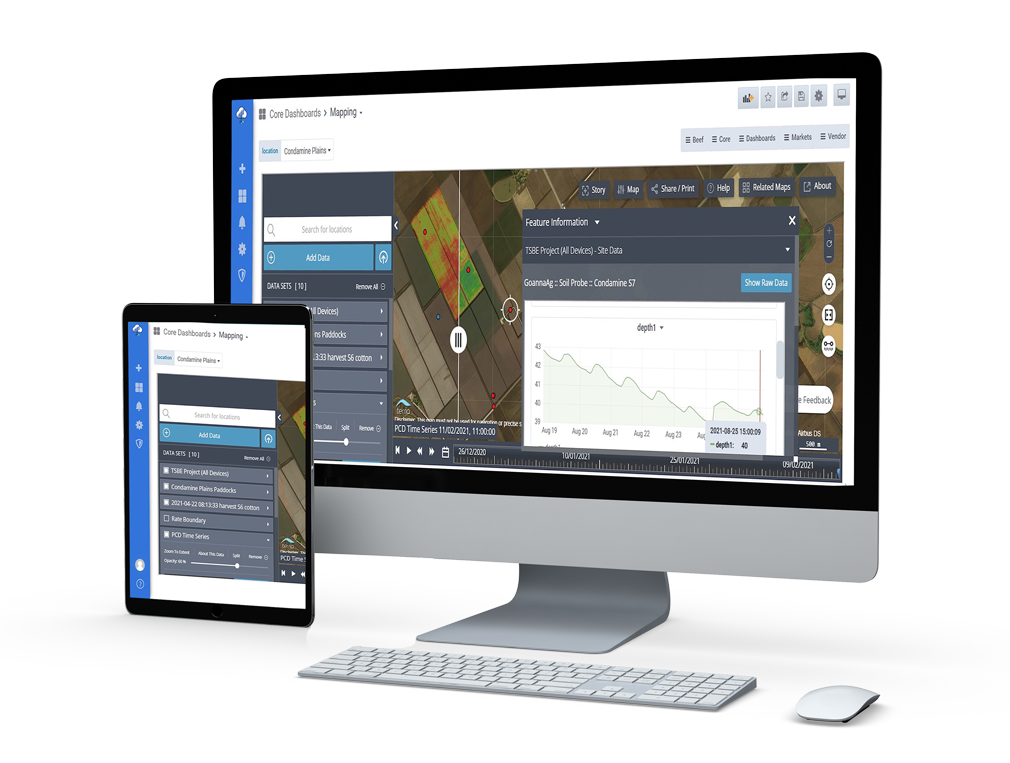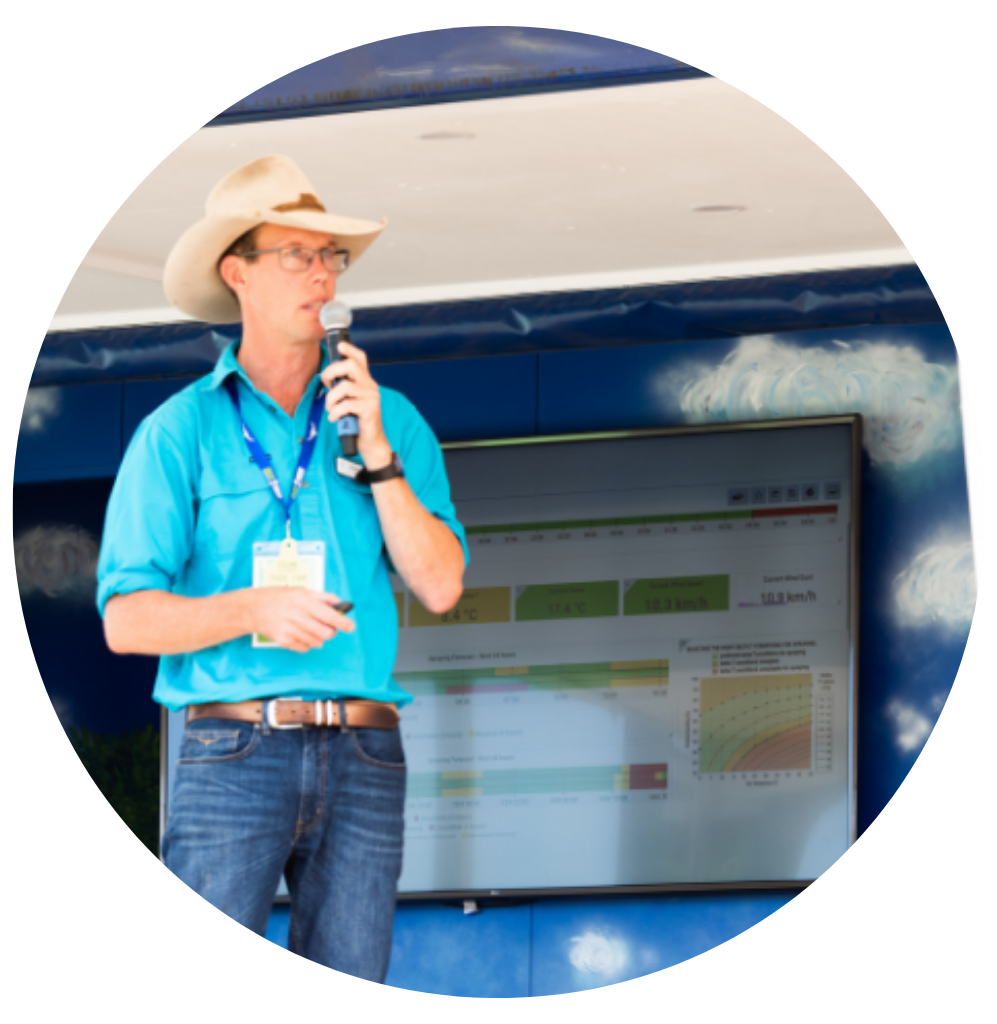
Many farmers are struggling to keep up with; and understand the fast moving complexities that Smart farms can offer. The old adage of “how do you eat an elephant” applies within this case. “You just start”, there are many options now available and there are many RDC’s that are tackling the larger issues of quality and commercial viability/ longevity.
The primary issue isn’t about selecting the correct device, actually it has nothing to do with the device itself. It is FIRSTLY about your connectivity and the availability (or most likely lack-thereof) that needs to be considered. Cost of connectivity per device is a key consideration and there are some limitations or adaptations that may assist these underlying considerations for your geo-locational constraints.
In many parts of Australia and other countries there is established networks for 3/4/5G (Cellular) which provides instant access for connectivity with Cellular, NB-IoT or Cat M1 enabled devices. Ease of connection Vs network costs can add up overtime for farmers and so looking at the monthly costs is key, as there is a large range of pricing models.
If you are remote then Satellite may be the only option for your operation, this may limit your suite of device options, but may still save considerable time in manual checking of tanks, pumps, etc. There are now a range of quality satellite providers that are entering the market in Australia, which will overtime provide greater affordability in remote connectivity.
Some of the satellite providers are also providing new options like LoRaWAN over Satellite, which can spread the network on a station or property significantly and then even enable lower device connectivity cost, due to the larger number of devices that can be connected within one Gateway.
There are also a number of farm scale networks, where multiple devices can be connected into a Gateway. (What is a Gateway, essentially it is the repeater, which collects all the little packets of data from the devices and then sends them to the cloud).
Sigfox and LoRaWAN are the two main long range wide area networks that are commercially available to farmers these days. Both of these networks, I have seen reasonable near line of sight distances of 10–30 kms, pending terrain and gateway height and vegetation.
Sigfox’s approach is a very simple plug and play, where a Gateway is either purchased or a network exists and then you just purchase and turn on devices that are instantly discover-able on your cloud platform.
LoRaWAN is more open source and allows tech and researchers to configure nodes to devices and then to the Gateways and the cloud. (Not as hard as it sounds, but still pretty techie). There is a few providers that are overcoming the configuration issues with LoRa and have business models around network connectivity and also device types and offerings, that will improve the commercialism of LoRaWAN.
The suite of devices that can be connected to either network is growing and caution needs to be gauged when engaging a device supplier. Some device suppliers wouldn’t have any idea about whether their product is ‘Ringer Proof’ (essentially whether the simplest, straight forward and breakable bugs have been ironed out). Thus if it doesn’t look tough or there isn’t a heap in the field then happily test the device and discuss payment once your happy with the outputs. (Many times these startups appreciate positive and negative feedback for improving their offering).
Farm scale WiFi is also becoming a thing where unlike LoRa and Sigfox and using small packets of data to monitor environmental attributes over a number of years. WiFi is high band width and so larger amounts of data transfer is enabled. Mostly this is currently used for surveillance and boosting internet and data coverage. Generally there is a higher battery usage for WiFi type devices and so they need significant solar panels or mains power.
Once you have researched the most appropriate network or discovered the currently existing networks in your area.
See https://www.thethingsnetwork.org/ for the LoRaWan Gateway map or https://www.sigfox.com/en/coverage for Sigfox coverage.
You are now able to start understanding which devices are available to you and what will provide the largest productivity gain/ saving to your business.
The first discussion and understanding of the gamete of issues you need to consider is always the hardest. But if you work with a local group or a few neighbours, maybe you can a number of options at a time, to speed up the process and minimise the risk of ‘that one bad choice”. So by getting started on your elephant will help your overall decision process become clearer and more particular to your ultimate end goal.
Good luck, Please feel free to message me for any other questions or topics to discuss.
Regards,

Hamish Munro
Agtech entrepreneur, solving big data issues with farmer friendly approaches.
Sign up to our e-News and be the first to hear about Pairtree’s latest offers & news and receive fresh insights on new trends in Australian farming and agricultural technology.